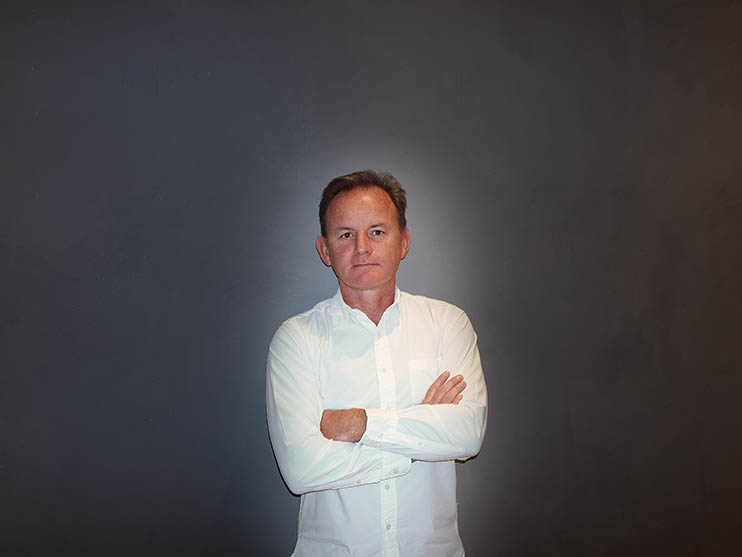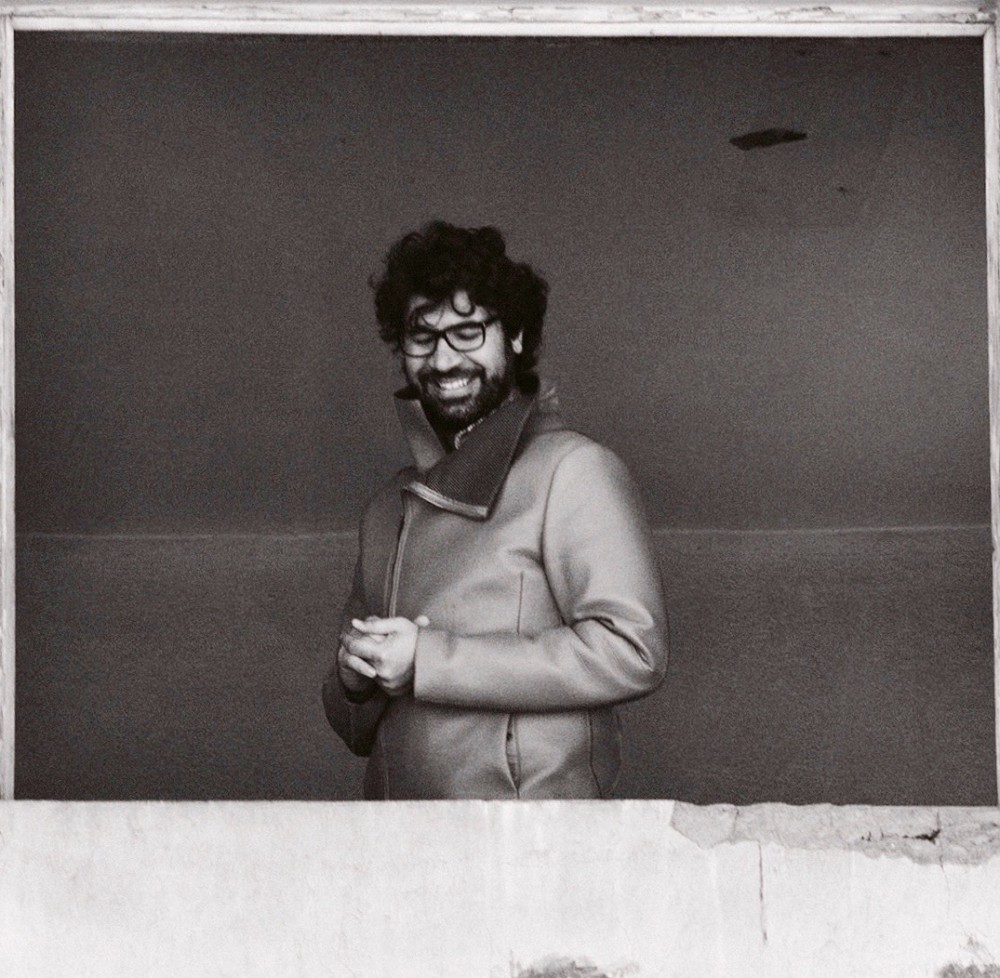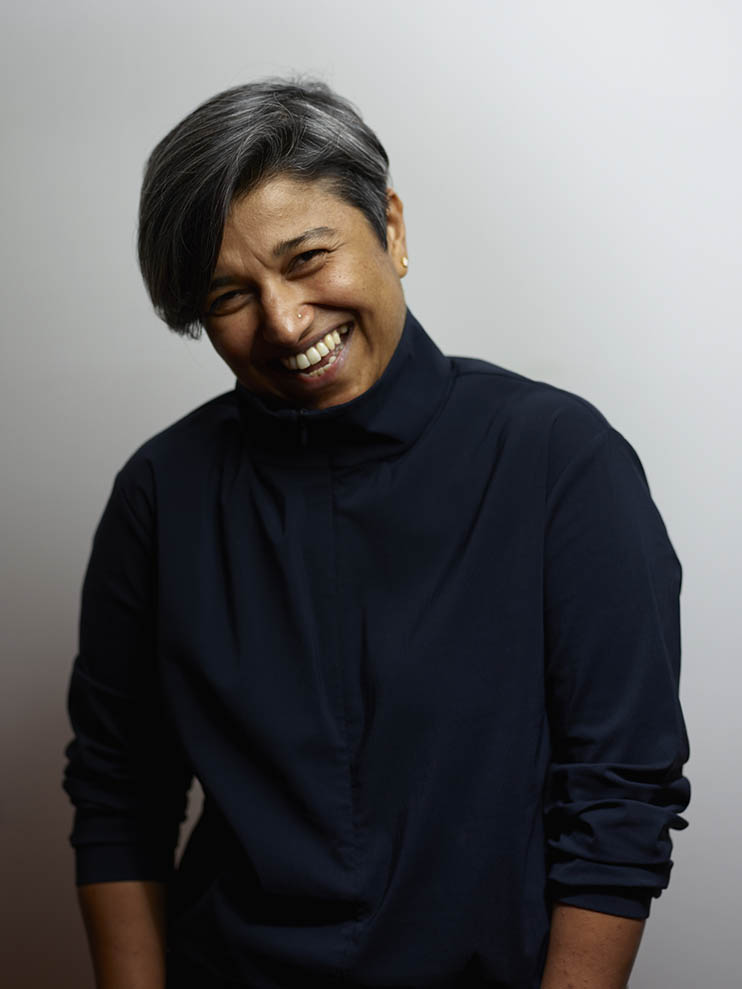News - Events
Dubai Lynx 2018: A night to remember?
by Iain Akerman
April 20, 2018

“It was amazingly disruptive,” says Walid Kanaan, chief creative officer at TBWA\Raad. “We didn’t expect to win this number of grands prix in one single night.”
No one did. When TWBA\Raad was crowned agency of the year and TBWA Worldwide named network of the year, it did so on the back of an unprecedented eight grands prix. Not bad for an agency that had never previously won. It was also the fourth time in the awards’ history that an agency had won both titles on the same night.
“It was overwhelming and rewarding to see our clients jumping on stage side-by-side with the agency’s creatives, holding the well deserved trophies,” says Kanaan. “We were in it together all the way. This year judging was clearly more focused on brand behaviour when it comes to courageous, bold and ground-breaking communication. It was remarkable to see real brands being rewarded on stage while in the previous years the focus used to be much more on NGOs and social groups. I believe this year’s edition added much more credibility to the show.”

"This year judging was clearly more focused on brand behaviour when it comes to courageous, bold and ground-breaking communication..."--Walid Kanaan
As well as TBWA there were grands prix for Havas Media Middle East, J.Walter Thompson Beirut, Memac Ogilvy Advize, Ogilvy & Mather Africa, The Classic Partnership Advertising and FP7/RUH, the latter taking home the grand prix in media. No grands prix were awarded in design, integrated, print and publishing, or print and outdoor craft.
“I was very pleased that even though the business is not in great shape we managed to put on another great show,” says Paul Shearer, chief creative officer at Impact BBDO. “Lots of local insightful work won and that’s great. Very impressed and jealous of TBWA and their great work for real clients.”

“Lots of local insightful work won and that’s great."--Paul Shearer
“Most work that won was not tailored to the judges and had cultural relevance that resonated with the audience,” adds director Omar Hilal, who picked up a grand prix in film craft for Royal Jordanian’s ‘Fear of Flying’ by Memac Ogilvy Advize and the only gold in film for Clorets’ ‘So Close’ by J.Walter Thompson Cairo. “But still the odd piece of work pops up that makes you say ‘a client sent that brief to an agency? I doubt it’.”

“I was surprised to see an hour-long film win grand prix in film. I thought that should be branded content, not in the three-minute or less category.”—Omar Hilal
It was, nevertheless, a strangely subdued affair. Publics Groupe’s decision to boycott all awards during 2018, combined with the region’s uncertain economic outlook, reduced the number of entries by more than a third. With 1,687 entries this year (down from 2,632 in 2017), the figure represented the lowest number of entries since 2010. The biggest single reduction came from the UAE (down 647), which historically represents the bulk of all entries, followed by Saudi Arabia and Lebanon. The latter entered 131 pieces of work this year compared with 168 in 2017.
The impact of this reduction is disputed. Did it reflect a troubled market? Has creativity suffered in trying times? Did the Publicis boycott affect the overall outcome of the awards?
“I don’t think it did or would,” says Shearer of the Publicis boycott. “The grands prix in all the categories would have been hard to beat.”
“I never understood this boycott stunt,” adds Kanaan. “I believe it brought more bitterness and deception to their talent, while award shows such as the Dubai Lynx are a clear catalyst for inspiration and motivation.
“From our perspective the outcome remains unchanged. TBWA\Raad’s performance was overwhelming, bagging an unprecedented eight grands prix, seven gold, 15 silver and 15 bronze. With all modesty, I don’t think a couple of grands prix or gold would have affected the final outcome this year.”
Others feel differently. “Leo Burnett’s absence was felt,” says Hilal. “They have been trailblazers in the region and we missed their work.”
Karim Sherif, creative director at Memac Ogilvy Dubai, agreed. “The emptiness was felt without having one of the leading networks and their respective agencies compete this year.”
But did the juries get it right, regardless of the boycott?
“Most juries did,” believes Hilal. “I loved certain pieces like the 'Bridal Uniform' from Pakistan and the ‘Immunity Charm’ from McCann India. But there were some dubious winners and omissions in some categories. There’s a gold in film craft’s sound design category that I’d love to know why it won. I felt that certain films in craft also went home with less metal than they deserved – du’s ‘Love It’, Orange’s ‘Now or Never’, and Clorets’ ‘So Close’. They deserved more. (Clorets got no shortlists in film craft but won gold in film. I think that’s worth noting). And I was surprised to see an hour-long film win grand prix in film. I thought that should be branded content, not in the three-minute or less category.”

“We can’t shake off the fact that a one-hour documentary can walk away with a film grand prix at an advertising award show.”—Karim Sherif
Indeed, the biggest single concern seems to be reserved for the grand prix winner in film – Vice Arabia’s ‘Bil Arabi’. That a one-hour documentary could win a grand prix at an advertising awards show has caused a degree of bemusement, if not bafflement.
“Film was a disaster,” says Shearer. “The grand prix for Vice was not a great execution. Nice idea but how can this win a grand prix when it looks so average? I love Vice and all it’s doing but this was a jury trying to be different for different’s sake.”
Sherif agreed: “As pleased as we are to welcome Vice Arabia to the entourage of content platforms, we can’t shake off the fact that a one-hour documentary can walk away with a film grand prix at an advertising award show. Isn’t there some kind of duration rule?”
It would appear not. More importantly, the win raises questions regarding what constitutes marketing and branded content. Where is the line drawn between editorial and advertising? Does a film designed to launch a media channel qualify as marketing?
“The definition of what is, and what isn’t, film can sometimes be a contentious one,” admits John Mescall, global executive creative director of McCann Worldgroup and president of the film, print & publishing, radio & audio, print & outdoor craft, direct and integrated jury. “The existence and convergence of so many media and publishing platforms has fundamentally expanded our definition of film from a classic piece of short-form storytelling to practically any piece of film/video content: long or short, scripted or unscripted, documentary, or filmed live experience.

“We didn’t view the Vice piece as ‘a documentary’. Rather we saw it as a supremely on-brand launch film for Vice in the Middle East.”--John Mescall
“We didn’t view the Vice piece as ‘a documentary’. Rather we saw it as a supremely on-brand launch film for Vice in the Middle East. While it presented to the viewer as a documentary, looked at through the lens of commercial creativity, what it really was was a launch film for the Vice brand. More than that, it was a demonstration of the kind of content that Vice will deliver in the region.
“In many ways, it’s a supremely confident and intelligent piece of advertising. Rather than telling the audience what Vice will deliver, it simply showed what Vice will deliver. It was almost like classic product demonstration in that sense. A piece of film that takes the form of a documentary can certainly be classified as a piece of film advertising, provided we are confident that the intent of the film was to deliver a commercial message. And we certainly believed that to be the case.”
Not all agree. Yet there will always be disagreement where juries are concerned.
“Just like art, expressions of it are subjective and who are we to judge the jurors?” says Vidya Manmohan, executive creative director at Grey Dubai. “I saw some fresh work from the region get awarded which is always inspiring. [But] we should have a good mix of regional and international juries moving forward to make sure that genuine and world-class work shines.
“It’s great to have international juries but it’s equally critical to have talent from the region who know the nuances in the Arab culture and what really makes a piece of work epic here, unlike anywhere else in the world.”

“We should have a good mix of regional and international juries moving forward to make sure that genuine and world-class work shines.”--Vidya Manmohan
Calls for local judges to be included in the juries have been consistent since the Lynx’s inception. This year was no different. “The issue persists of Arabic films being lost in translation. We need Arab jurors to validate the work,” says Hilal.
“Many great pieces weren’t shortlisted, many dull pieces that were shortlisted didn’t win, and many pieces that didn’t deserve to be shortlisted won,” adds Sherif of the work in general. “A clear case of international jury syndrome with the ‘I love anything Arabic because I don’t understand it’ symptom.”
This is not a new accusation. Last year Fouad Abdel Malak, executive creative director at TBWA\Raad, noted an ‘Arab flavour’ overkill, with juries accused of pandering to the audience and even of being guilty of orientalism. It’s an accusation that remains pertinent and can even be levelled at Vice Arabia’s wining of the film grand prix. Sherif calls it ‘overnight orientalism’, whereby an “international jury is fascinated with anything regional because it is alien”.
“This perhaps occurs due to judging panels being weighed down by international and regional super judges,” says Sherif. “A suggested new method could be the opening of an online grand jury to filter entries based on impact and intuition before they reach the international jury. Think of it as some kind of vaccine.”
Last year Ali Ali, co-founder of Good People, which was named production company of the year for the third year in a row and also independent agency of the year, claimed the film jury should be investigated for its decisions. With film once again the main source of contention, is something off? Juries or the work? Or a combination of both?
“We are still below average in film with the exception of a few rare entries,” believes Kanaan. “I believe this year we lacked the quality this region used to have and this is probably due to the drop in production budgets from the client side.”
“I think Lynx are leading the jury on local work first,” adds Shearer. “But ultimately the jury are not usually awarded creatives so don’t really know what’s really right. Not their fault. Just need to make sure the right jury is found… The industry needs to get behind the Lynx. It’s a great show and the work that goes into it is astonishing.”
Topics
Recommended

Donell Gumiran announced as UAE's winner for the Sony World Photography Awards 2025

Effie celebrates ten years of championing campaigns that make a difference

Edelman and Ogilvy star at the Luum Awards, the global festival for purpose-driven communications











